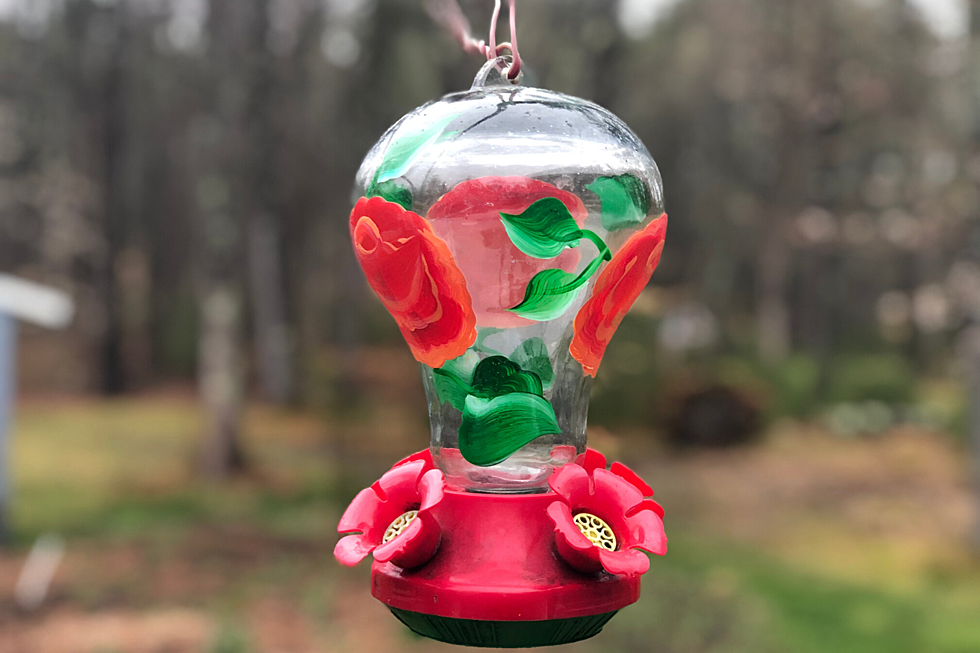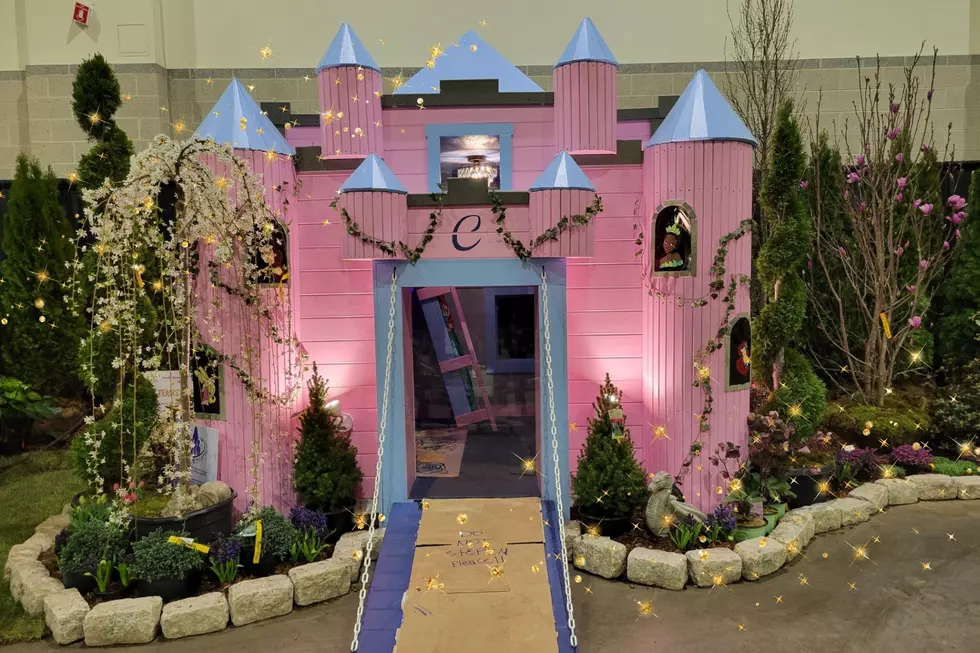
What to Know About the Arrival of Hummingbirds on the SouthCoast
One of the biggest reasons I love living here on the SouthCoast of Massachusetts is the eclectic woodlands that surround the local towns.
I was born and raised in Westport, always in the boonies or the woodland areas.
Every year when it starts to get warmer, I look forward to a few things: the tractor pulls at the Westport Fair, clam cakes from Handy Hill Creamery, a few scoops of ice cream from Wood's, peeping frogs and of course, the majestic hummingbirds.
Since I could remember, my parents would always have a gallon of some mixture in the fridge with a piece of masking tape on which my mother would write "Do Not Drink."
It was for the birds – literally.
Hummingbirds would always come and go on our property and boy, were they beautiful.
I guess it goes without saying that the older you get, the more you start to appreciate the little things in life, even if that means how to properly feed a hummingbird. So here goes the tutorial no one asked for:
1. Do not add red dye to the formula, there's no nutritional value to it and could cause harm to the birds.
2. If the feeder is too close to the house, it could drip and attract ants, making it a household problem. It's not something that could happen to everyone, but if you have an existing ant problem, it could exasperate the situation.
3. If you feed a hummingbird on a regular basis, there's a good chance they will be at the same exact location annually before you can even get your feeder out.
4. If you've never attracted hummingbirds before, then what you want to do is get a stronger mix: one part sugar to three parts water.
5. After a couple of weeks, you should then switch out the strong recipe with a 1-to-4 mix.
6. All sugar should come to a quick boil before serving, it will help with the fermenting and mixing process.
7. Let it cool to room temperature before feeding to the birds. The rest should be stored either in the fridge if you can't use it all.
8. Make sure to clean and exchange on a regular basis; once a week during the summer and every other week during the cooler seasons.
So, there you go. If you've ever wanted to dabble in the hummingbird-feeding hobby, I got you covered.
BONUS FUN FACT:
The difference between a male and a female is the color of the feathers. The male has brighter colors than the female.
#TheMoreYouKnow
KEEP READING: See how animals around the world are responding to COVID-19

More From WFHN-FM/FUN 107









